
The Card
The new Titan X has the same look, shape and dimensions as cards using the Nvidia reference cooler have had before it – 267mm long and fitting into a dual-slot form factor elsewhere. One difference to most other cards, of course, is that it is clad predominantly in black, which is in line with the previous generation card. The shroud also has the newer look with more aggressive angles.The standard selection of Nvidia display outputs is unchanged – three DisplayPort 1.4 headers, a HDMI 2.0 port and a dual-link DVI-D connection.
Flipping the card over reveals a two-piece backplate, oddly with the GeForce GTX branding maintained. Two-way SLI is supported, just as it is with the GTX 1080 and GTX 1070, and the two connectors that support the new high-bandwidth bridges are in the usual place. Power is given through two PCI-E power connectors; one 6-pin and one 8-pin, fitted as usual along the top edge. Also here is the GeForce GTX logo backlit by green LEDs, again despite Nvidia claiming the card is not part of the GeForce GTX family. Perhaps this decision was made late in the design process, but it should really say Titan X here instead, perhaps even with RGB lighting to keep pace with what we're seeing from third parties.
The build quality of Nvidia's reference cooler has impressed since it first launched, and that hasn't changed here – the look and feel of the aluminium die-cast shroud is simply lovely. Other than the colour, this is the same cooler as is used on the GTX 1080 Founders Edition card, with a vapour chamber cooling the GPU and a large metal contact plate paired with thermal padding material drawing heat away from all 12 memory chips and the vital power circuitry.
The sealed design means that most air drawn in by the single radial fan is exhausted over the main heatsink and out of the rear I/O, although some will find its way back into your chassis via the smaller heatsink the other side of the fan as this is left exposed a little.
Despite its build quality, Nvidia's reference cooler is often beaten by third-party designs (normally bigger ones with open shrouds) – they're usually quieter, cooler and very often semi-passive, which this one is not. As such, it remains to be seen how well it can cope with a GPU that has a TDP considerably higher than the GTX 1080 (250W versus 180W). We'll also be strapping a water block to the Titan X soon to see whether it's worth it or not.
The PCB is a familiar sight, at least if you're up to date on your Nvidia reference designs. The centrepiece is the big GP102 GPU, flanked on three sides by GDDR5X memory chips. To the right of these, we find a 7+2 phase power setup; two more for the GPU and one more for the memory when compared to the GTX 1080 Founders Edition. Nvidia is again using dual-FET VRMs in this design to help reduce voltage noise.

MSI MPG Velox 100R Chassis Review
October 14 2021 | 15:04

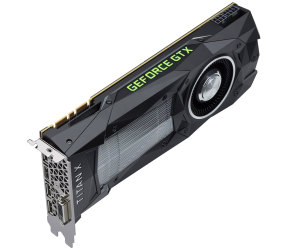
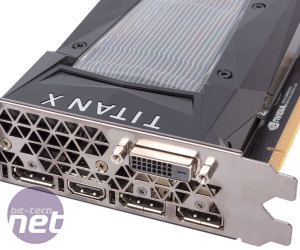
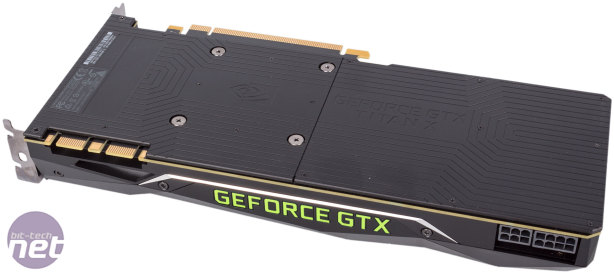
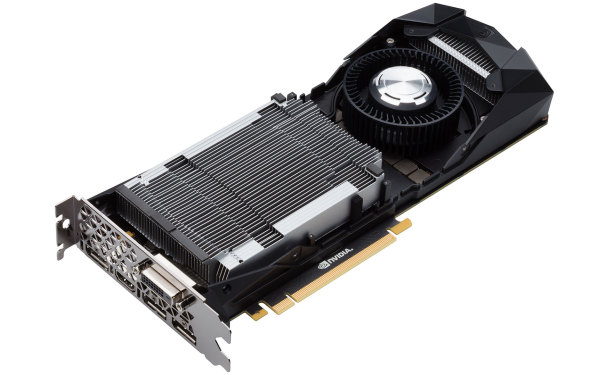
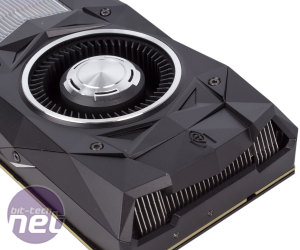
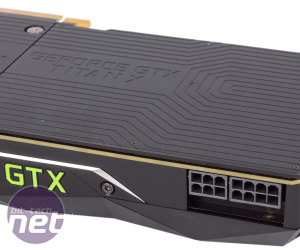
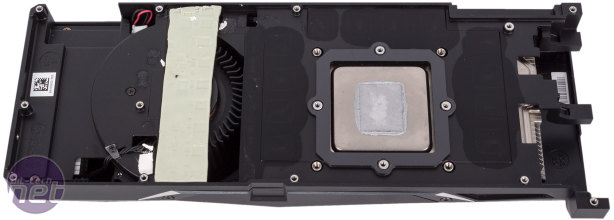
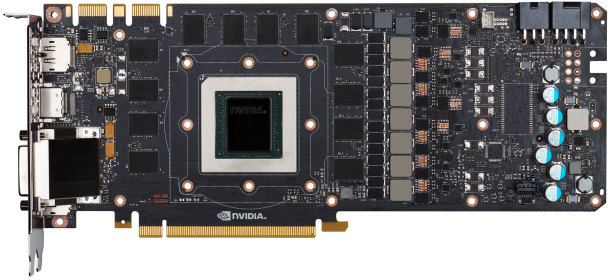








Want to comment? Please log in.